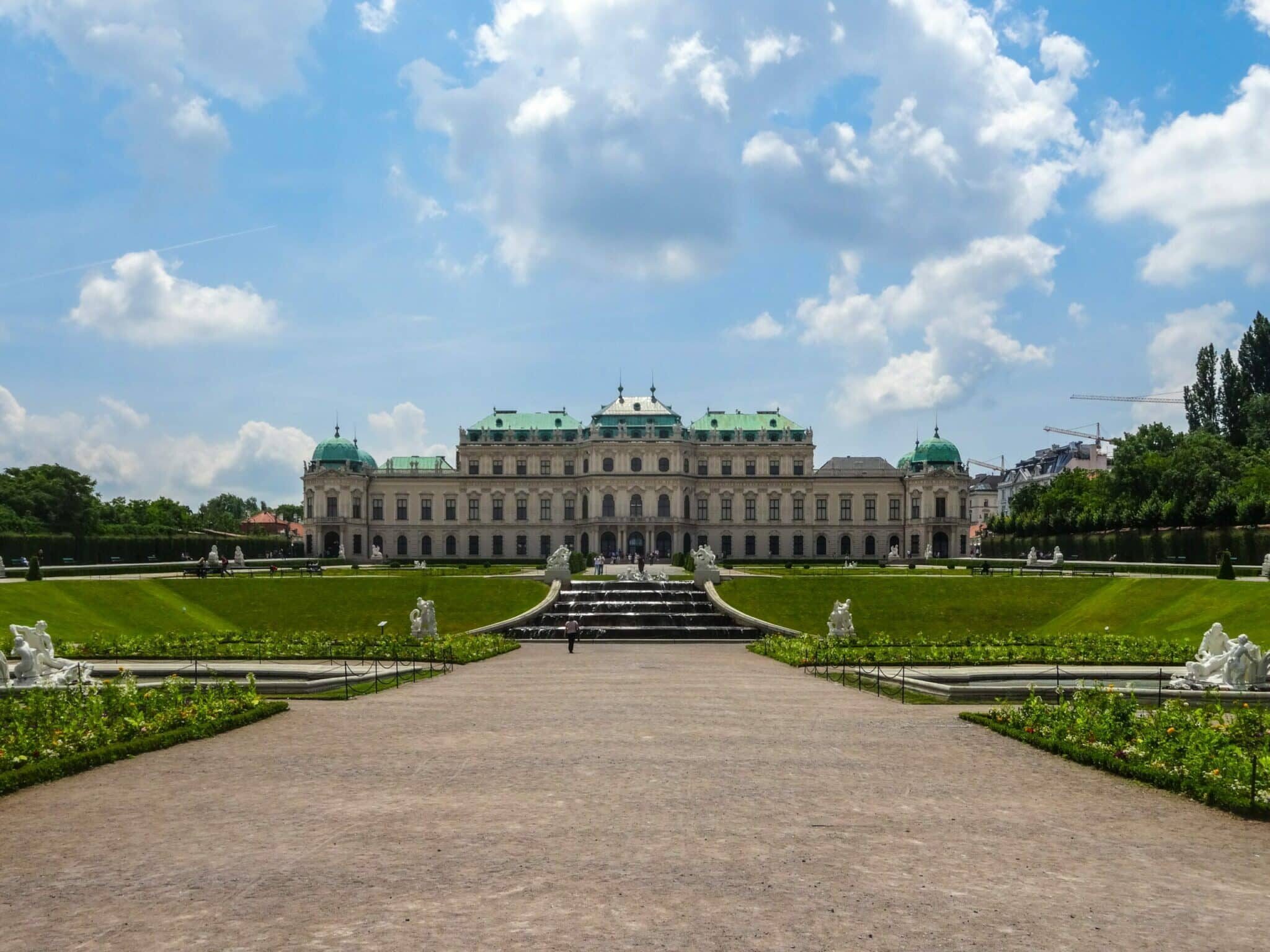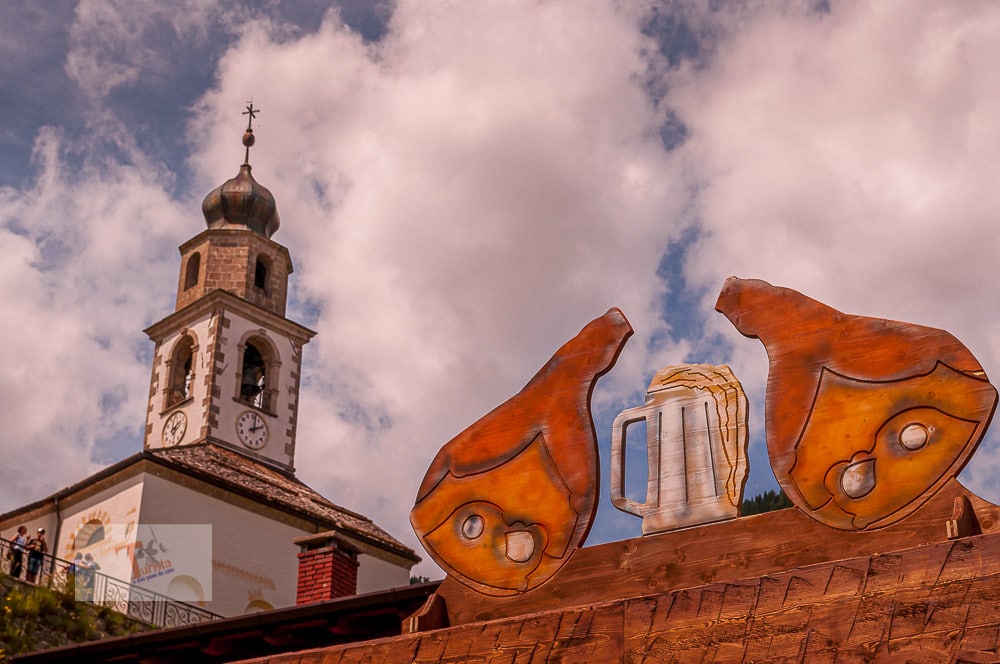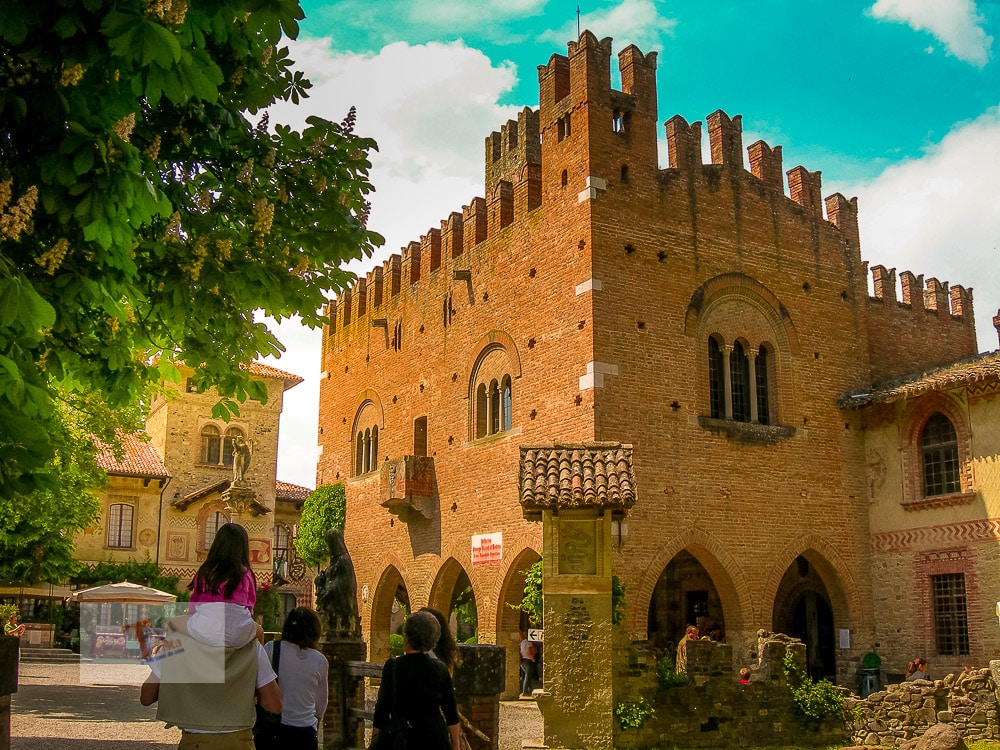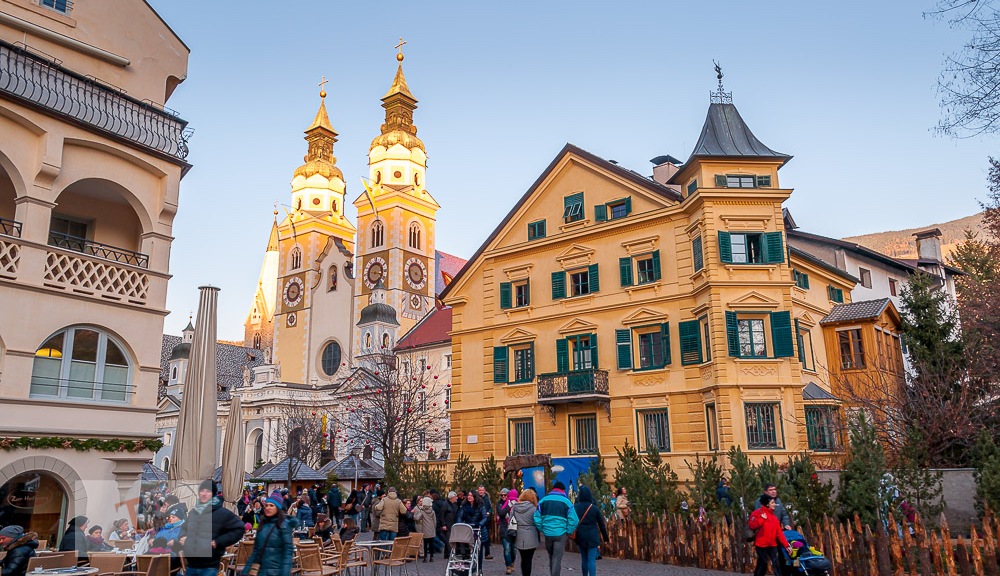We visit Barbaresco, today the wine capital of the Langhe, yesterday a fortified outpost. A place, rich in history that was born among the trees of the forest, today one of the most renowned wine production centers. This is Barbaresco in the province of Cuneo, a stage that cannot be missed during the tour of the Langhe. This is the place of production of one of the typical wines of the area.
Tower

On the hill where this village stands, the tower stands out, a symbol of the city. Of unknown origin but of great visual impact. Not only because you can see it from afar, but because going up (when it is open) you can admire a panorama that sweeps over a large part of the Langhe. It may have been part of a defensive system. At the moment this majestic building that stands on the rock behind the church is closed. Too bad not being able to access it. Renovation works are in progress.
We started from the city symbol, even people come here for another symbol, wine.
Before the municipal building, in a deconsecrated church, there is the Regional Enoteca. For sober reasons we first visit the town and, later, we will let ourselves be intoxicated by the aromas and flavor of the Barbaresco (intended as wine).
History
We are in an area inhabited since prehistoric times, rich in woods, inhabited in the past by the Ligurians, then by the Romans who left an indelible mark here under the empire of Augustus.
The name “Barbaresco” derives from the term “Barbarica silva”. The discovery of Roman tiles suggests that there was a furnace here. The construction of the road that reached Alba Pompeia through the Martinenga Valley also dates back to the Roman period.
Barbaresco yesterday
The forest was soon supplanted by hilly crops, including vines. In the Middle Ages, Barbaresco was a fortified town . From this period the construction of the castle and the tower which rises a little further on from the manor. As in other Piedmontese localities, the shelter developed here too, that is the fortified area as a refuge for the population and a place for storing food in case of external attack.
Barbaresco today
This is the ancient Barbaresco, today it is a quiet town on top of the hill that presents itself with its wine bars and its artistic treasures. Parked the car in front of the Town Hall, in the central square we immediately notice a beautiful sundial on the wall of a house. It is not of ancient construction but dates back to 1999.
The Sundial

The Sundial was made by the gnomist Lucio Maria Morra . Twelve illustrations show the cultivation of vines and wine production (they are taken from the incunabulum “Ruralia Commoda” by Pietro de ‘Crescenzi, an ancient treatise on agriculture – known from the site of the municipality) on which stands the Latin inscription: “Da laborem dabo fructus ” (Give the work, I will bear the fruits). The peculiarity of this sundial, in addition to the coat of arms of the municipality of Barbaresco (in the lower quadrant), are the three gnomistic functions: the seasonal calendar, the clock, and the universal sundial. On the lines indicating the hours, there are forty names of world cities. When the shadow of the stylus passes over a name, it means that at that moment the place is noon. In Barbaresco, it happens around 12.30.
The castle
We leave the sundial and walk towards the Castle, past the Town Hall and walk a few steps uphill, on the left we find the manor. It dates back to the 18th century. It has an imposing size. It has gardens, a park, several halls and above all underground cellars. It was the first seat of the Cantina Sociale del Barbaresco. The castle was used in the past as a factory for the production of grappas, today, after a restoration, it has returned to its original function.
We admire this building from the outside, which we overcome.
Church of San Giovanni Battista

A few steps and here is the parish church of San Giovanni Battista. Built in Baroque style, in 1756 it was equipped with the bell tower, while later the icon of San Giovanni Battista was placed with a marble frame (1780). Behind the main marble altar, there is a fresco dedicated to San Giovanni Battista (patron saint of the Municipality of Barbaresco).
Immediately after the parish church, there is the aforementioned Tower. With a square base, it is in brick. It is 30 meters high and at the top, there are still some remains of the battlements of the ancient crown.
The wine
At this point, we just have to go back to the starting point and before leaving Barbaresco, take a trip to the local wine shop which is located in the deconsecrated church of San Donato. Inside there are over 120 labels that represent 90% of the entire local wine production.
The river port
We are in a hilly area near the Tanaro river where the river port of Barbaresco once stood here. It happened before the construction, on the Tanaro river of the bridge in the territory of Neive, you could only cross the river with a ferry. This happened when the vine was not yet the main cultivation and the best soils were those beyond the river. Thus the ferryman (the portnè) had the task of transporting men, animals, and goods from one side of the river to the other.

How do I get to Barbaresco?
Barbaresco can be reached from the A21 motorway, Vezza exit, then the provincial road to Neive. From Aba follow the road to Asti up to Castagneto, then turn towards Barbaresco-Mango and follow the directions for Neive.
On the train. From the Turin Porta Nuova station, you can reach that of Alba, then continue by bus







